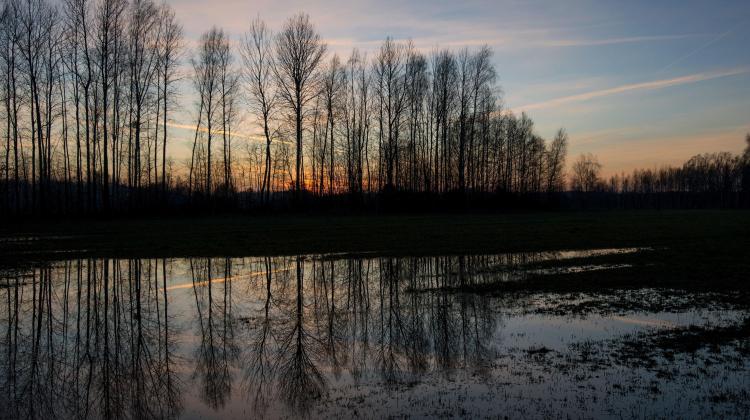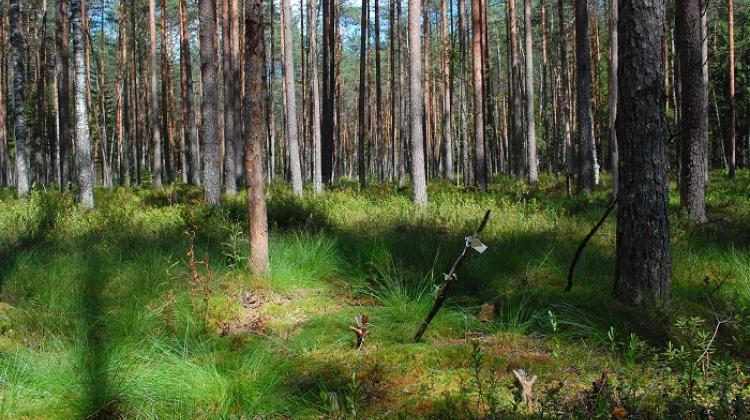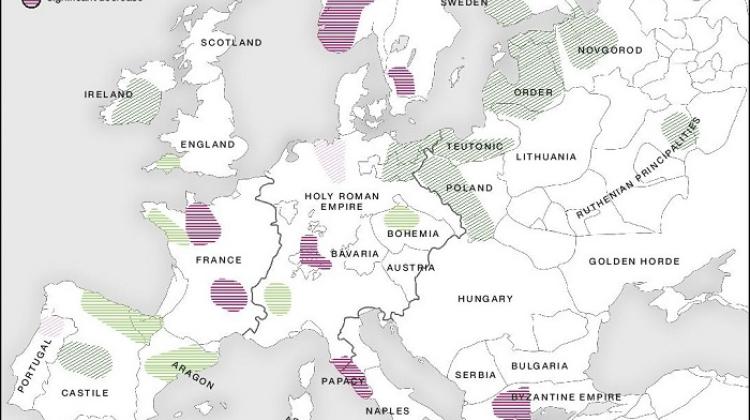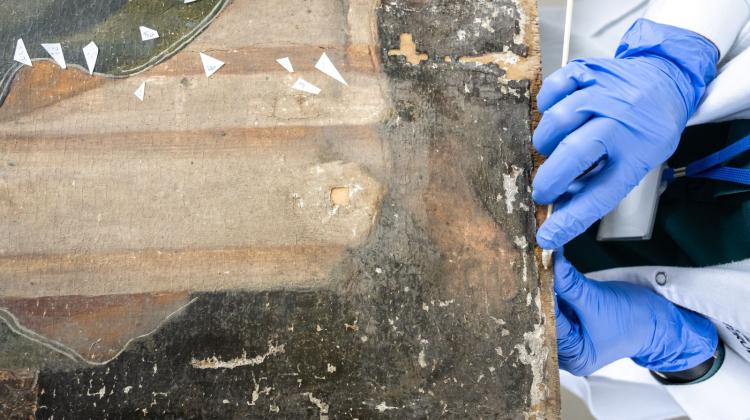11.7 cm: A golden number, important for the protection of peat bogs
If the water table is more than 11.7 cm deeper than the bog surface, it is a bad sign. Instead of storing carbon dioxide, peatland will start to emit it in a long run, shows research conducted with the participation of Polish scientists.
Peat bogs, wetlands are quite difficult to access for humans. Sometimes the water table is visible between the tufts of plants, sometimes hidden below the soil surface. Taking a walk, even in galoshes, is a risk, because it is difficult to predict which path to take to avoid getting bogged down. Typically, peat bogs can not be crossed with a kayak, because there is not enough water. It is impossible to build a house, cultivate plants or graze animals on the peat bog. Therefore, man - a species that likes to tread on the hard ground - drains peat bogs, taming these areas.
"Peat bogs are of great importance for nature, they are not only the habitats of rare species of animals, but also very important carbon storages" - reminds Prof. Mariusz Lamentowicz from the Adam Mickiewicz University.
He explains that as part of photosynthesis, peatland plants absorb carbon dioxide from the air and bind carbon in their cells. When the plant dies, the debris are stored in humid conditions. If the water level is sufficiently high, these debris - without oxygen - are slowly decomposed by microorganisms. That means that carbon does not return quickly to the atmosphere in the form of carbon dioxide. It can remain trapped in the soil for thousands or even millions of years. But if there is not enough water in the bog, the decomposition of plant debris is accelerated. The carbon stored in them escapes into the atmosphere as carbon dioxide.
Prof. Lamentowicz`s team studied high bogs in Poland and described how deep the water table should be under the soil surface, to be able to determine that the peat bog still accumulates carbon instead of releasing it. This golden number is 11.7 cm. If the water is deeper (water table is getting lower) the peat bog does not work so effectively. The results of the analyses were published in Biology Letters.
The study will help decision makers, engineers and NGOs protect peat bogs. Checking the level of the water table will allow to easily verify the condition of the bog and shape its moisture accordingly. It will also allow to consider whether it is worth investing in its protection and which methods should be uses.
"If the water table is deeper than 11.7 cm, significant changes in the species composition of peat-forming plants begin, which means that the bog can transit from the state of carbon accumulation to carbon emission" - the scientist explains. Previous research has shown that the "golden" depth of water should be between 8 and 17 cm. Now scientists have presented an exact figure.
The water table can be lowered, for example, as a result of peat bog draining or overgrowing. "If the water persists at a depth of more than 50 cm, it becomes a carbon-smoking peat bog" - comments Prof. Lamentowicz.
"But it is also not good if the peat bog is flooded as a result of ecological restoration and the water table is visible on the surface. In such conditions, compounds such as methane, which is a greenhouse gas, are released more easily from the water" - the researcher says. He adds that water trapped at a certain depth below the soil surface proves to be the best solution.
The "golden number" of 11.7 cm was determined by studying cores from seven peat bogs and reconstructing two thousand years of their history. Information on the condition of peat bogs hundreds of years ago was obtained as a result of the analysis of data contained in plant debris: single-celled amoebae inhabiting peat bogs.
PAP - Science in Poland, Ludwika Tomala
lt/ zan/ kap/
tr. RL
Przed dodaniem komentarza prosimy o zapoznanie z Regulaminem forum serwisu Nauka w Polsce.




















